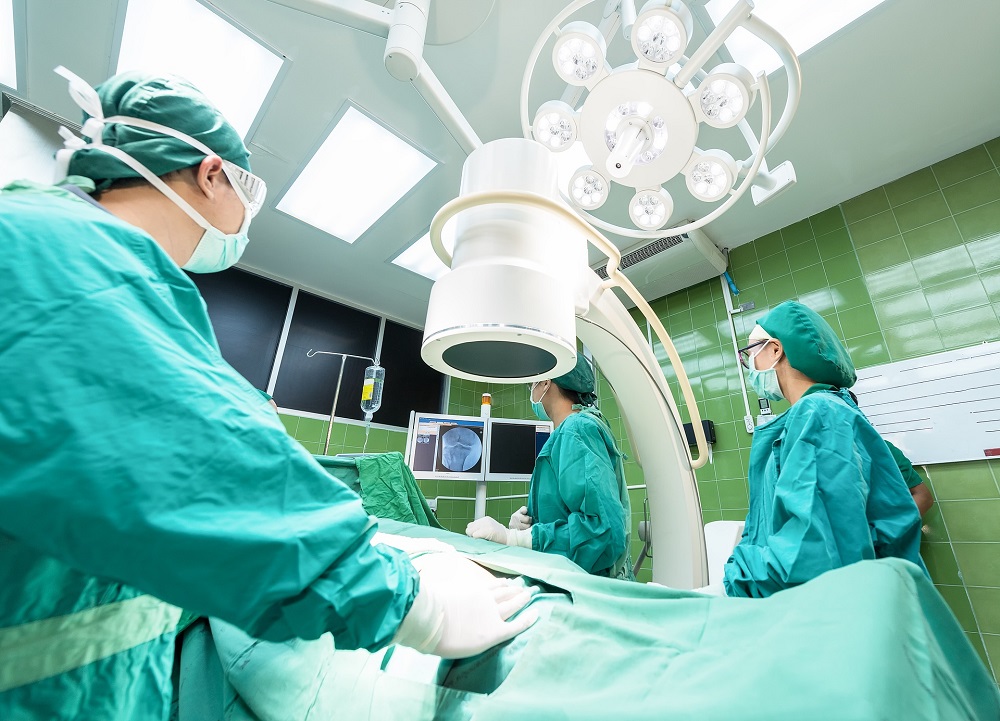Returning to sport is one of the main reasons why people with ACL injury choose to go undergo ACL reconstruction surgery. However, undergoing surgery does not guarantee return to sport, with only 65% of people who have ACL reconstruction getting back to their same level of sport. And, for those who do get back to sport after surgery (especially jumping, pivoting and hard-cutting sports) there is a risk of re-injury.
How to optimise your chances of returning to sport
If you have undergone ACL reconstruction, and are wondering how to get back to sport safely, here are three things you can do to optimise your chances of a successful and safe return to sport:
1. Pass the discharge criteria with flying colours before you return to play.
Research has shown that passing a battery of tests or discharge criteria prior to returning to sport can significantly reduce risk of ACL re-rupture.
The test battery should include strength tests, functional hop tests and quality of movement tests. Passing all of the assessments in the test battery reduces the risk of re-injury, whereas not passing the assessments can increase the likelihood of re-injury up to four times. Capin et al 2019 concluded that battery tests overall reduce risk of a second ACL injury, ACL re-rupture and any knee injury.
In their return to sport criteria 2019, Burgi et al concluded that the time criteria of 9 months most commonly used backs up the use of battery and variety of tests for return to sport.
Additionally, research from Ardern et al in 2014 advised patients to “always make sure that you are feeling confident and ready to fully return before you do” when considering readiness to return to sport.
2. Do a minimum of nine months rehabilitation before considering return to play.
Delaying return to play until 9 months post surgery or later has been shown to significantly reduce re-injury rate. One study found that for every one-month delay in return to sport the re-injury rate was reduced by 51% (up until nine months after surgery).
3. Get your quadriceps strong and symmetrical.
Quadriceps weakness (when compared to the other leg) can increase the risk of re-injury. A research study showed that for every one-point percentage increase in quadriceps strength symmetry, there is a three percent reduced re-injury. Quadriceps strength should be within 90% of the other leg prior to considering return to sport.
Hamstring strength is also important, with hamstring to quadriceps strength ratio deficits associated with an increased risk of ACL graft rupture.
If your goal is to return to sport after ACL reconstruction, we can help guide you through these steps to get you back to your sport safely and successfully. Call us on 5535 5218.
We previously discussed Prehabilitation – a Key Part of Recovery for ACL Reconstruction in this article.
References
Webster KE, Hewett TE. Return-to-sport testing following ACL reconstruction revisited. Br J Sports Med January 2020 Vol 54 Nr1
Ardern CL et al. The impact of psychological readiness to return to sport and recreational activities after anterior cruciate ligament reconstruction. Br J Sports Med 2014.
Pearson S-A et al. Keep calm and carry on testing: a substantive reanalysis and critique of “what is the evidence for an validity of return-to-sport testing after anterior cruciate ligament reconstruction surgery? A systematic review and meta-analysis’
Grindem H, Snyder-Mackler L, Moksnes H, et al. Simple decision rules can reduce reinjury risk by 84% after ACL reconstruction: the Delaware-Oslo ACL cohort study. British Journal of Sports Medicine 2016;50:804-808.
Kyritsis P, Bahr R, Landreau P, et al. Likelihood of ACL graft rupture: not meeting six clinical discharge criteria before return to sport is associated with a four times greater risk of rupture. British Journal of Sports Medicine 2016;50:946-951.
van Melick N, van Cingel REH, Brooijmans F, et al. Evidence-based clinical practice update: practice guidelines for anterior cruciate ligament rehabilitation based on a systematic review and multidisciplinary consensus. British Journal of Sports Medicine 2016;50:1506-1515.








